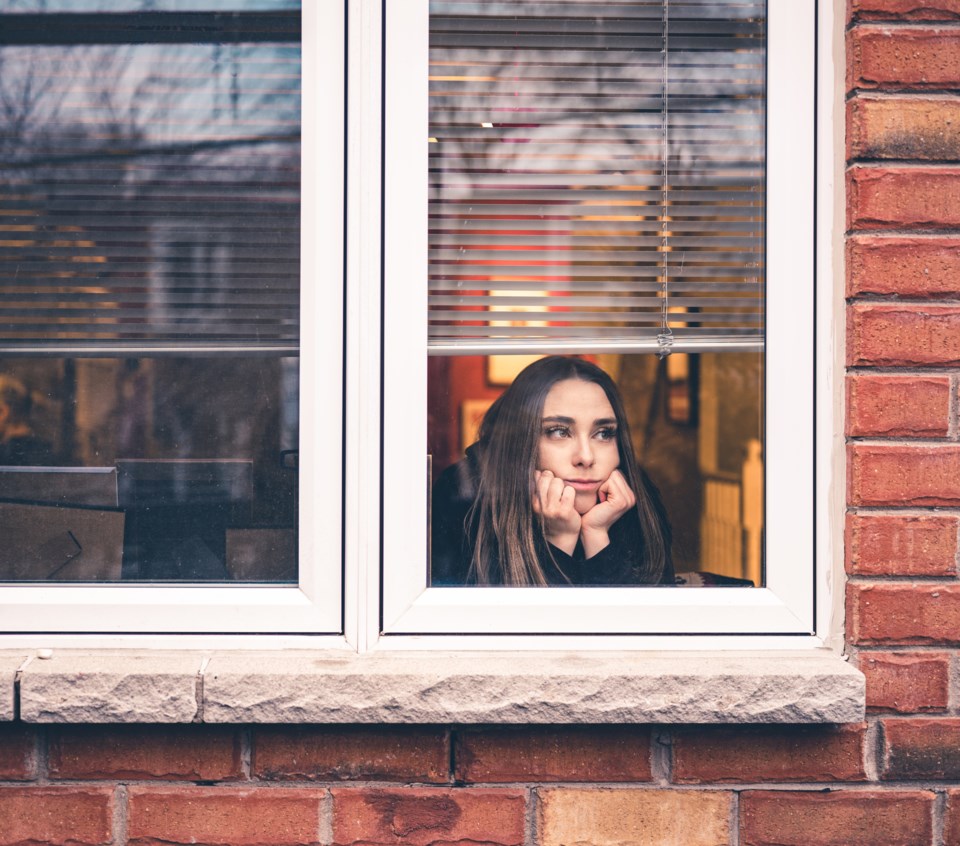As B.C. continues to invest billions of dollars to address the housing and affordability crisis, more needs to be done to ensure that women have equal access to housing options, said the Pan-Canadian Voice for Women’s Housing (PCVWH).
PCVWH is a national project that works to ensure women and children are included in housing policies, according to its website.
Women and gender-diverse individuals experiencing homelessness are chronically under-counted and understudied, despite them being disproportionately affected by both poverty and core housing need, according to research by the group.
“Women tend to be under-counted in homeless counts, because they're more likely to couch surf, remain in abusive relationships or to enter into abusive relationships in order to maintain their housing,” said Janice Abbott, CEO of Atira Women’s Society.
When asked how dire the situation is for women and gender-diverse individuals experiencing homelessness, Abbott outlined how they had recently received roughly 870 applications for 83 units of housing at the Alex, an affordable rental project in Port Coquitlam.
Approximately 80 per cent of the applications were for the 17 shelter rate units, according to Abbott.
“We knew we were going to get a lot of applications for the Alex. I am shocked by how many we received,” she said. “We could have filled those units 10 times over.”
Across Canada, 9,078 women and girls experience homelessness on any given day, according to PCVWH. In B.C., approximately 68 per cent of people experiencing homelessness are men, 38 per cent are women and two per cent self-identify with another gender identity, according to BC Housing.
In addition, 90 per cent of families using emergency shelters across Canada are headed by single women, according to the Pan-Canadian Voice for Women’s Housing.
When it comes to those in B.C., Abbott says that more needs to be done to ensure that the type of housing being funded and built, caters to the needs of women and families. She highlighted that many supportive housing units do not have multiple bedrooms and cannot accommodate families.
“Particularly when we're looking at immigrant and refugee populations and Indigenous women, we need units with multiple bedrooms. We need three-, four- and even five-bedroom units of housing, we need housing in places that makes sense for women and children. That means close schools, close to grocery stores, close to community centres and public amenities,” Abbott said.
Women's safety in supportive housing needs to be taken into consideration as well. Buildings with long skinny hallways, dead ends and corners or nooks that can allow individuals to hide pose significant risks to women and gender-diverse individuals, according to Abbott.
In many cases, women may be forced to remain in an abusive relationship as a result of not being able to access resources, said Abbott.
“Women are sort of faced with a decision of no decisions. So they either stay in shelter indefinitely, which isn't always an option, or they return to abusive and violent relationships because they don't want to lose their children,” she said, adding that women who experience homelessness risk losing their children to government care.
For women and gender-diverse individuals with lived experience of barriers to access housing, PCVWH is offering a free training series that will equip individuals with the tools needed to tell their stories and contribute to breaking down barriers.



